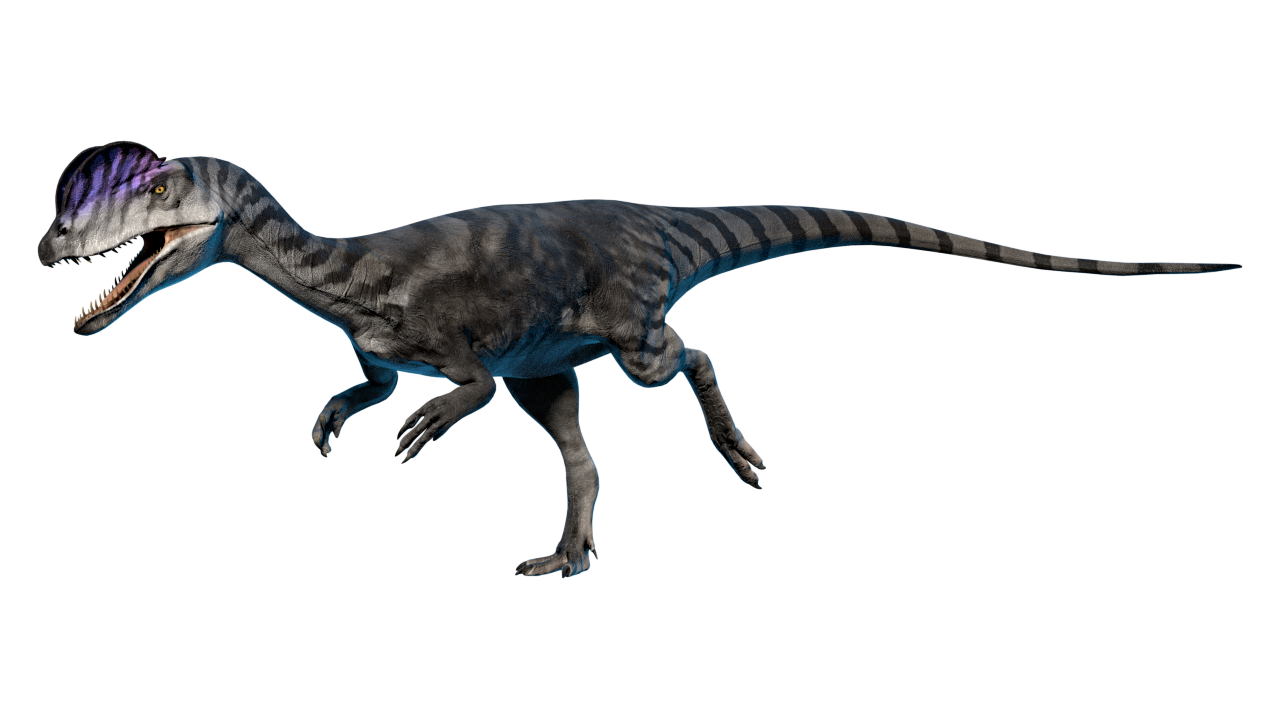
Microraptor was named in 2000 by palaeontologist Xu Xing and its name means "small thief". These animals varied in size and shape, suggesting they occupied different ecological niches. Many other genus of Microraptoria lived alongside Microraptor, such as Changyuraptor, Wulong and Tianyuraptor. Here it lived alongside a dazzling variety of animals, including various early birds, pterosaurs and various other dinosaurs, including Psittacosaurus. Microraptor has been found in two fossil formations, the Jiufotang and Yixian formations, both in Liaoning in northeast China. It was a carnivorous animal which ate small mammals, lizards and birds, swallowing prey whole and producing pellets like modern day owls. At 77 centimetres long and with a wingspan of a meter, Microraptor is one of the smallest known non-avian dinosaurs. It is unlikely that Microraptor could move quickly on the ground due to the build of its limbs and so would have spent most of its time in trees. We now know it was in fact more than capable of powered flight, however it could likely still glide, just as most modern birds can. When first discovered, Microraptor was originally thought to have not been able to use powered flight and instead was thought to glide between trees. Microraptor are bred directly from the Mini-Aviary's menu rather than through the genetics lab.
#PREHISTORIC KINGDOM MICRORAPTOR FREE#
Microraptor is a Mini-Exhibit animal that does not have the ability to free roam inside of normal exhibits and must be placed inside of a Mini-Aviary instead.



Unlike modern birds, Microraptor demonstrates its roots as a proper non-avian dinosaur through its maw of small needle sharp teeth, clawed wings, and a long boney tail adorned with a small tail fan. Comparable to other dromaeosaurs like Velociraptor, Microraptor even comes equipped with a miniature sickle claw common among its relatives, despite its size. Covered in jet-black feathers resembling a bower bird or crow, Microraptor is capable of powered flight using its wings while also being a skilled glider due to a pair of hind-wings on its back legs. A small animal, similar in size to many modern day birds, Microraptor truly lives up to its name.


 0 kommentar(er)
0 kommentar(er)
